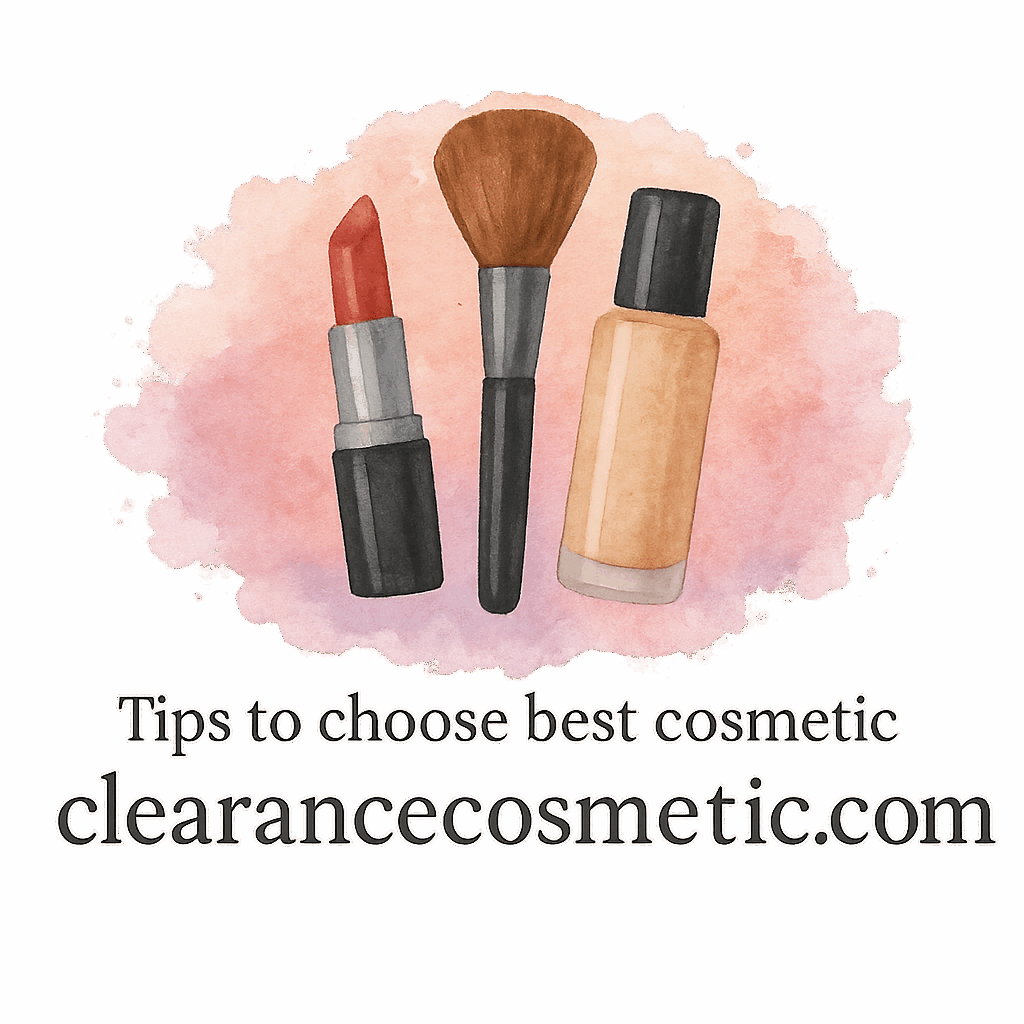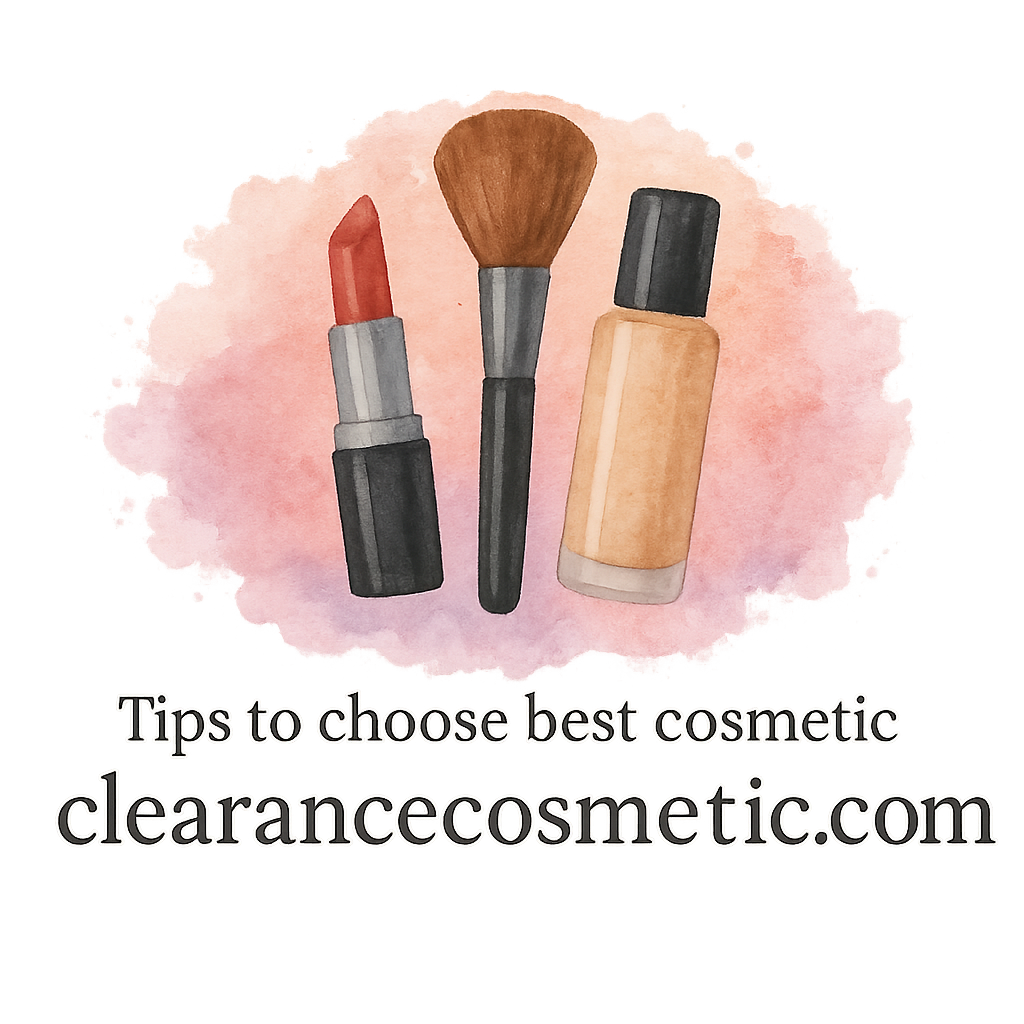Introduction: Why Understanding Cosmetic Ingredients Matters
Ever grabbed a skincare product, flipped it over, and felt like you were reading a science textbook? You’re not alone. Learning how to read cosmetic ingredient lists like a pro might seem intimidating, but it’s an essential skill for anyone who wants to make smarter, safer, and more effective beauty choices.
Not only can it help you avoid harmful chemicals, but it also empowers you to choose products suited to your skin type and preferences—whether you’re aiming for organic, budget-friendly, or luxury cosmetics.
Let’s decode those cryptic ingredient lists, one smart tip at a time.
1. Start with the Basics: What’s on a Cosmetic Label?
INCI Names: The Global Cosmetic Language
The International Nomenclature of Cosmetic Ingredients (INCI) is the universal standard for naming ingredients. While it might look confusing (like “Tocopherol” instead of vitamin E), it brings consistency across countries. Recognizing these names is your first step to ingredient literacy.
Order of Ingredients: Most to Least
Ingredients are listed in descending order by concentration. That means the first five make up the bulk of the product. Anything listed after a fragrance or preservative is typically in concentrations below 1%, unless it’s an active ingredient.
Learn more about ingredient transparency here.
2. Focus on Active Ingredients First
Why Actives Are a Game-Changer
Actives are the stars of your skincare show. They actually do the work—brightening, hydrating, exfoliating. Look for ingredients like niacinamide, retinol, or salicylic acid high up in the list if they’re the main selling point.
Percentages Matter More Than You Think
It’s not enough to spot a trendy ingredient; its effectiveness depends on how much is present. For instance, 0.1% retinol is enough to be effective, but 0.01%? Probably just marketing.
Check out more application tips here to get the most out of these ingredients.
3. Learn to Spot Red Flags
Harmful Preservatives to Avoid
Parabens, formaldehyde releasers (like DMDM Hydantoin), and certain phthalates are still lurking in some formulas. These can disrupt hormones or cause irritation.
Allergens and Irritants
If you have sensitive skin, watch for common culprits like alcohol denat., essential oils, and citrus extracts. Even “natural” can be harmful depending on your skin type.
Discover more about safe use and ingredients that match your needs.

4. Get Familiar with Safe Synthetic vs. Natural Ingredients
The Natural Isn’t Always Safer Myth
Just because something is “natural” doesn’t mean it’s safe. Poison ivy is natural, too! Some synthetic ingredients are well-researched, stable, and less irritating.
Safe Use of Synthetic Ingredients
Look for clinically tested synthetics like hyaluronic acid or peptides. They’re often better for stability, especially in busy schedule routines or travel kits.
5. Understand Fragrance and Its Hidden Components
“Fragrance” = Mystery Cocktail
Fragrance on labels can be a mix of dozens (or even hundreds) of chemicals, many undisclosed due to trade secrets. For sensitive users, this is a big unknown.
Go Fragrance-Free or Low Fragrance
If you’re prone to allergies, opt for fragrance-free or naturally scented products labeled clearly. Always do a patch test to be safe.
Dive deeper into label understanding to avoid misleading claims.
6. Watch for Comedogenic Ingredients
Pore-Clogging Culprits by Skin Type
Ingredients like coconut oil, lanolin, or isopropyl myristate can clog pores, especially for oily or acne-prone skin. If you’re struggling with breakouts, check for these.
Reference a Comedogenic Scale
There are online scales (0 to 5) that rate how likely an ingredient is to clog pores. Look them up or use an app to check what’s in your product.
Explore combination skin essentials that are both safe and effective.
7. Know Your Skin Type and Match Ingredients Accordingly
Dry, Oily, Combination—Know the Signs
Understanding your skin type is non-negotiable. Oily skin loves BHA and clays, while dry skin needs ceramides and squalane. Your product choices should reflect that.
Tailor Ingredient Choices
Using random products without checking if they suit your skin is like wearing someone else’s glasses—it just doesn’t work. Tailor your skincare based on what your skin truly needs.
Check out our guide to skin-type matching to level up your routine.
8. Decode Product Marketing Claims
“Dermatologist-Tested” vs. “Approved”
These sound official but can be misleading. “Tested” means it’s been seen by a dermatologist—doesn’t mean they approved it or tested it on many people.
Clean, Green, Organic: What Do They Really Mean?
There’s no universal regulation for terms like clean or natural. Always flip to the ingredient list for the real story, not the front label fluff.
Explore organic beauty products with genuinely clean formulas.
9. Use Tools and Apps to Cross-Check Ingredients
Ingredient Checkers & Databases
Apps like INCI Decoder, EWG Skin Deep, and CosDNA are great for checking how safe, comedogenic, or irritating each ingredient might be.
Avoid Greenwashing with Data
Greenwashing is real—brands use trendy labels without real substance. Use data to stay informed and shop wisely.
Discover more beauty tips to avoid common mistakes.
10. Practice Makes Perfect: Keep Reading and Researching
Build a Personal Ingredient “Yes & No” List
Start tracking what your skin loves or hates. Maybe niacinamide is a win, but glycolic acid breaks you out. Over time, you’ll shop like a seasoned esthetician.
Stay Updated with Cosmetic Trends
Trends change, and so do formulations. Keep learning—follow skincare influencers, read ingredient blogs, and stay curious.
Stay up to date with the best brands and affordable options.
Conclusion
Reading cosmetic ingredient lists like a pro isn’t about memorizing a chemistry book—it’s about being curious, consistent, and conscious. Once you get the hang of it, you’ll wonder how you ever chose products without flipping to the back label.
Whether you’re navigating budget-friendly essentials, diving into luxury finds, or sticking to a quick routine, the key to beauty is knowledge. Keep reading, keep asking, and always choose what’s best for your unique skin.
Explore top picks, ingredient guides, and skin-matching tips on ClearanceCosmetic.com.
Frequently Asked Questions
1. What’s the most important ingredient to look for in skincare?
That depends on your skin type! Hydrators like hyaluronic acid are great for everyone, but if you’re targeting acne or aging, ingredients like salicylic acid or retinol may be better.
2. Are synthetic ingredients bad for my skin?
Not necessarily. Many synthetic ingredients are actually more stable and safe than natural ones. It’s all about how they’re formulated and used.
3. Should I avoid all products with fragrance?
If you have sensitive or allergy-prone skin, yes. Otherwise, low amounts of fragrance may be tolerable—just patch test first.
4. How can I know if an ingredient will clog my pores?
Check its comedogenic rating. Apps like CosDNA list this data to help you avoid breakouts.
5. What do “paraben-free” and “sulfate-free” really mean?
It means the product avoids those ingredients, which can be harsh or irritating. But that doesn’t automatically mean it’s good—check the full list!
6. Can I trust marketing claims like “clean beauty”?
Be cautious. There’s no regulation on those terms. Always read the ingredient list for the full picture.
7. How do I start learning more about ingredients?
Start simple—look up one ingredient per product you use. Over time, you’ll build your knowledge naturally.


